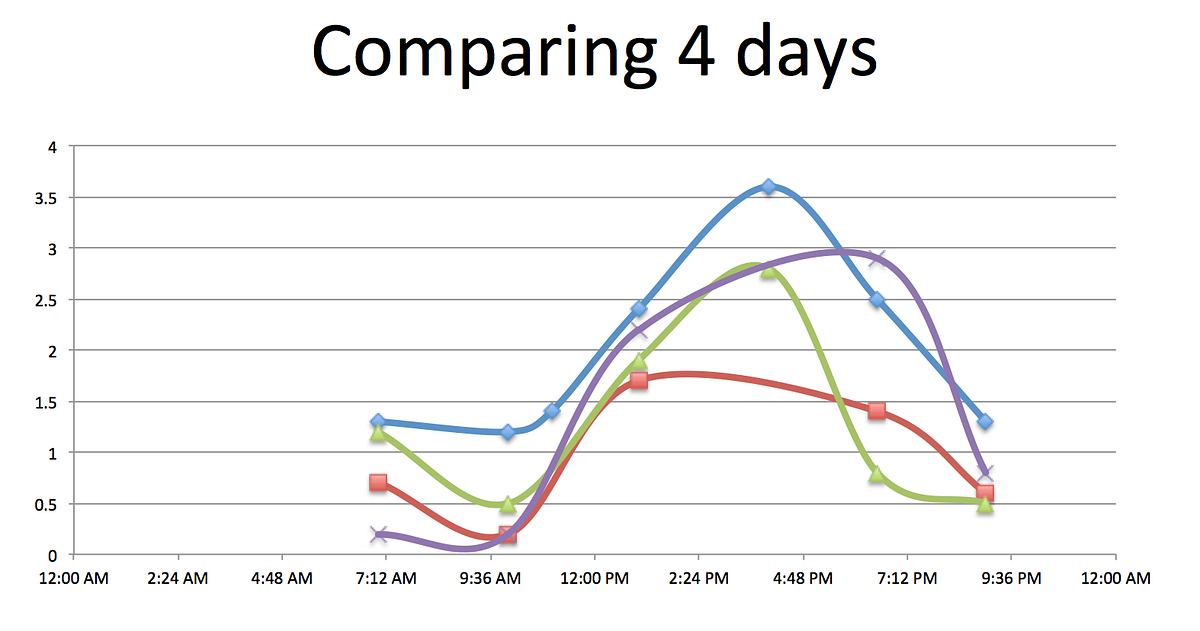Hello, everyone! This is Dr. Cho. We've been exploring low-carb high-fat diets, vegetarianism, and intermittent fasting, and today we're diving deeper into a common concern. These diets shift your body toward burning fat to produce ketones, which serve as an efficient energy source, particularly for your nervous system. However, some people, even after 3 to 5 months of strict adherence, find their ketone levels lingering at just 0.1–0.2 mmol/L. Why does this happen? In this article, we'll uncover the reasons and offer practical solutions.

Typically, when your blood ketone levels reach 0.5–1 mmol/L, you've entered light ketosis. This signals that you've progressed beyond initial water weight loss and are truly starting to burn fat. Your body begins relying on ketones for energy, leading to more sustainable fat loss. A level around 3 mmol/L is often considered a safe and optimal state of ketosis.
But if your levels are stuck at 0.1–0.2 mmol/L, it can be frustrating. You might question your approach and feel impatient. There are several potential explanations, which we'll break down. (Note: In some cases, low levels stem from factors like excessive alcohol consumption, but here we'll focus on those strictly following the diet yet still seeing low readings.)

One key possibility is that your body is utilizing ketones with remarkable efficiency. Imagine a high-performance car engine that burns every drop of fuel without waste. If your body produces ketones and immediately uses them for energy, very few remain in the bloodstream to be detected by tests. This is actually a positive indicator—it means your metabolism is optimized for ketone use, like a finely tuned machine. It's something to celebrate!
When you begin a low-carb high-fat diet, it generally takes 2 to 6 weeks to fully enter ketosis. Initially, your body depletes stored glucose (glycogen) from the liver and muscles. Even with fasting, this process can take 48–72 hours. Only after these stores are exhausted does fat breakdown ramp up, leading to ketone production.
In the early phases, your body may not be adept at using ketones, so they can accumulate, resulting in higher measurable levels that might give the illusion of success. However, if you're 3 to 5 months in and levels are low, it's probable that your body has fully adapted. It's burning ketones so effectively that minimal amounts linger in the blood. In this scenario, there's no cause for concern—your diet is working as intended.

What if your ketone levels fail to rise even after 1–2 weeks, or remain undetectable after a month? The most frequent issue is a dietary slip-up, such as consuming too many carbs or proteins. Even if carbs are under control, excess protein can sabotage ketosis. Surplus protein is converted to glucose in the liver through a process called gluconeogenesis, which mimics the effects of eating carbs. If you're loading up on meat without sufficient exercise, that protein turns into glucose, halting ketone production.
Overeating in general can also be a problem. A low-carb high-fat approach isn't a free pass to consume unlimited calories. If fat loss is the goal, caloric restriction remains essential. The same principle applies to intermittent fasting—gorging during eating windows won't promote ketosis or effective weight loss.
Sleep deprivation is another major factor. Chronic fatigue from poor sleep can suppress ketone levels. Additionally, variables like age, activity level, stress, and sleep quality influence how your body processes nutrients and generates energy. For instance, stress accelerates magnesium depletion, so two individuals consuming the same amount might experience different outcomes—one sufficient, the other deficient.
Consider the differences between a 20-year-old athlete (like a retired Michael Phelps) and a 50-year-old woman in menopause: Their metabolic rates vary dramatically, so the same diet yields different results. Acknowledging these individual factors is crucial for realistic expectations.

To accelerate entry into ketosis, pair intermittent fasting with your low-carb high-fat diet. Fasting expedites the depletion of stored glucose in the liver and muscles. Adding exercise during fasting windows amplifies this effect even further.
Timing is important. With intermittent fasting, consider skipping breakfast and delaying black coffee until late morning or around lunchtime (say, 11 AM to noon). This aligns with your body's peak alertness, optimal physical performance, and reduced injury risk. Your focus and energy will be at their best, making it an ideal window for workouts. Exercising on an empty stomach is not only safe but often superior to post-meal sessions.
Intermittent fasting isn't merely a complement to low-carb high-fat diets—it's a potent standalone tool for health. Another key tip: Don't restrict salt. In fact, avoid low-salt diets when following low-carb high-fat protocols. Experiment with adding a pinch of salt to butter or coconut oil. This might contradict outdated advice, but it's supported by how the body functions. Concerns about salt causing high blood pressure? Current science indicates it's generally unfounded. If doubtful, review the studies and data yourself—this is a long-term health decision worth researching thoroughly.
If your ketone levels remain low on a low-carb high-fat diet, it could mean your body is using ketones ultra-efficiently—a sign of success! However, double-check for dietary errors, overeating, or sleep disruptions. Incorporating intermittent fasting and adequate salt can help ignite ketosis more effectively. I hope this article sheds light on why your levels might be stagnant and how to address it. If you found it useful, feel free to share your experiences in the comments below or discuss with your healthcare provider. Stay tuned for more health insights!
```